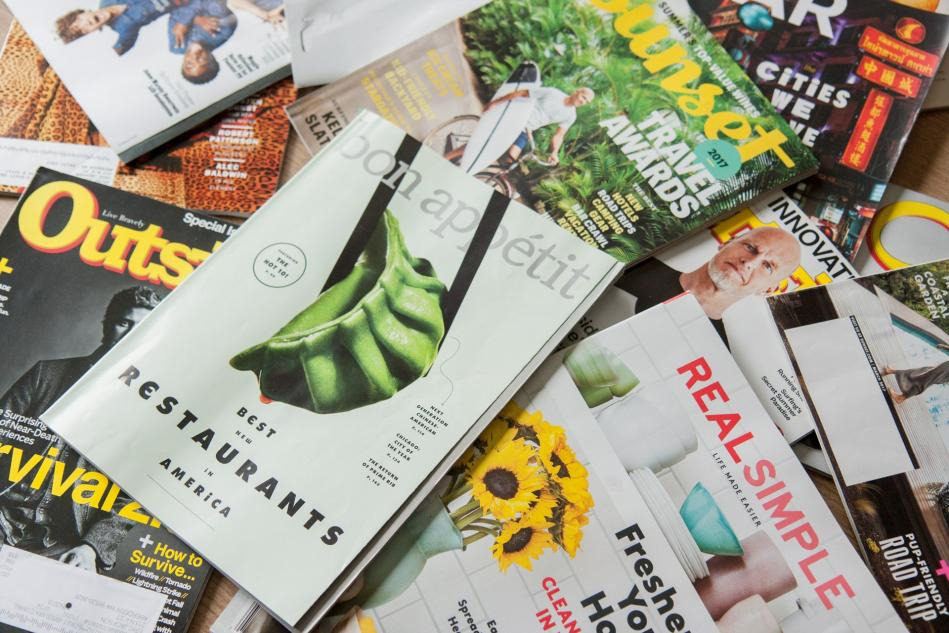With the development of society, people often use printing technology to do various printing on paper. In China book printing, different types of books have different printing processes. So what are the common printing processes for book covers.
 1. UV coating
1. UV coating
UV (Ultraviolet) glazing process is also called ultraviolet curing glazing. The glazing technology can enhance the appearance of the printed project. Which makes the color more vivid and bright. UV coating can also improve the use performance of the printed matter. And enhance the protection performance of the printed matter. UV varnishing is divided into two types: full-width varnishing and partial varnishing. The former is called "over-UV oil" or "over-oil" in the industry, and the latter is called "partial UV". Since partial UV varnishing appeared in the post-press processing of books a few years ago, it set off a climax in 2003 and 2004. And has been often used by publishing houses on the cover of books. Especially for children book printing or graphic novel printing.
2. Coating
The lamination is a transparent and plastic packaging film. Which can be stuck to the surface of the book cover by hot pressing. Making it resistant to friction, moisture, light, water, and stains. And constantly increasing its gloss. There are two different films high gloss type and matt type. The high gloss type film makes the surface of the book material not dazzling and magnificent. The matte film makes the design of the important book simple and elegant. The matte film makes the printed advertising color darker and looks softer. The bright film makes the printed matter more brilliant. But it is prone to random reflections. The cost management of matte film is higher than that of bright film. Yet, the plastic composite film we use at present is a non-degradable substance. Which is not good for environmental protection work.
3. Color foil hot stamping
Color foil hot stamping is a book cover made of wood, leather, fabric, paper, or plastic. Which is printed with gold, silver, red, or other different colors of anodized aluminum foil or pink foil. Print a book title or pattern, wireframe, etc. by controlling the heating. The book as a cover looks more noble and gorgeous after hot stamping with color foil. Which can enhance the sparkle of the printed matter. In the past, we often used hot stamping and silver stamping on the back of the hardcover bookcase and book. But now more and more paperback book cover and back designs use hot stamping and hot silver.
4. Die cutting and indentation
Die-cutting is the process of arranging die-cutting plates with steel blades. On the die-cutting machine, the printed matter or paper rolls into a process that requires certain different shapes. It can roll the printed matter into an arc or some other complex shape. These print qualities carry out information processing. Such as design punching or hollowing out.
Indentation technology is also called indentation line or crimping line. Using steel wire, by increasing imprinting, marks are pressed on the printed matter. Or groove marks for bending left. Generally, die cutting and indentation are often used for thicker book covers.Such as custom hardcover book’s cover.
5. Concave-convex embossing
This is the process of "printing" without ink. Concave-convex embossing uses a matching concave-convex steel mold or copper mold. Emboss into a concave-convex three-dimensional shape or outline of the pattern. For bookbinding, gravure relief is often used to print envelopes, cover text, and patterns. Or wireframes to improve the three-dimensional effect of the printed matter. Ink or partial UV varnishing can also use the gravure to make the pictures and texts more prominent. This craft is also often used on hardcover book printing or hardcover book casings or covers.
6. Plating (embossing)
The plating process is to change the surface texture of the ordinary coated paper. Or cardboard by pressing different textures on the surface of paper or cardboard. Such as leather, cloth, linen, weaving, felt, bark, etc. Not only can make it have flowing moire and leaf patterns. But also make it have dignified textures. Such as oracle bone inscriptions and pottery. Now the lines used on the surface of the book can be freely designed. And several different lines are printed on one page at the same time.
7. Drop plastic
Drop plastic is to evenly drop transparent flexible or hard crystal glue onto the surface of the object. So that the object can get its own crystal-like, three-dimensional effect through the surface. It can be dripped on the surface of paper, polyester, PVC, metal, and other materials. The dripping surface also has the properties of water resistance and moisture resistance. And UV light resistance.
8. Refractive indentation
Refractive indentation performs on anodized aluminum foil hot stamping or aluminum sprayed paper. Such as the mirror substrate surface is indented with lines or arcs in different directions. And other fine concave-convex lines by means of a dense embossing process. It does not use ink and can make full use of the state of the surface of the paper. According to the principle of light diffusion. The change of reflected light from multiple angles can make the picture have a three-dimensional image layer. And make the refraction printed matter have a unique attractive effect. The different reflections of the concave and convex lines on the surface of the book make the image on the surface of the book shiny, novel, and unique. With the change of the light angle, the text of the image appears, full of dynamic. And three-dimensional sense, lifelike, with an anti-counterfeiting function. The paper used for the refraction treatment is usually aluminized paper with gold and silver plated surfaces and a matte finish.
9. Matte surface
Using the action of external force, the printing product's surface deforms by rolling. To get a uniform bumpy sand point with a three-dimensional effect. This process is often applied in conjunction with hot stamping.

